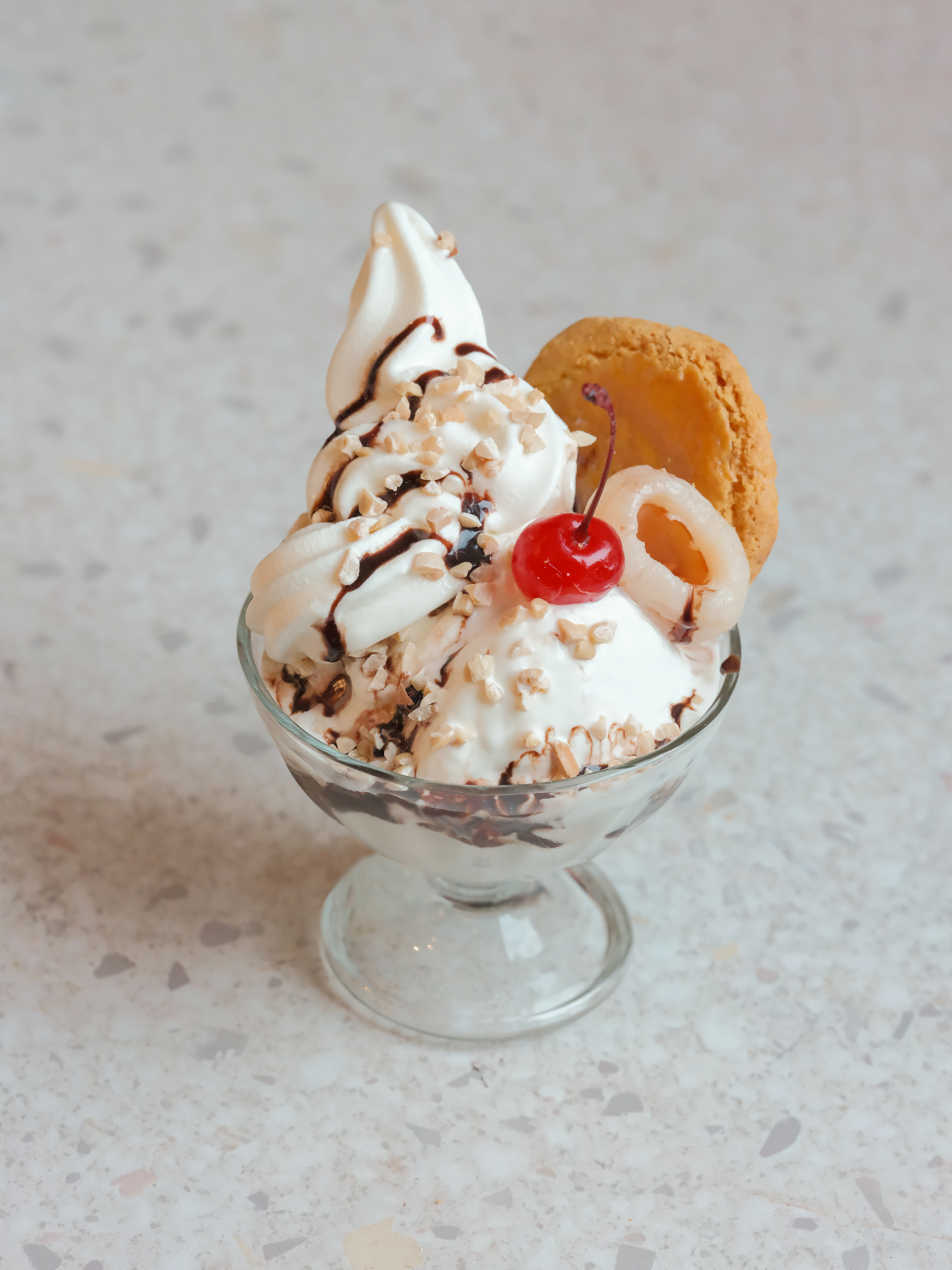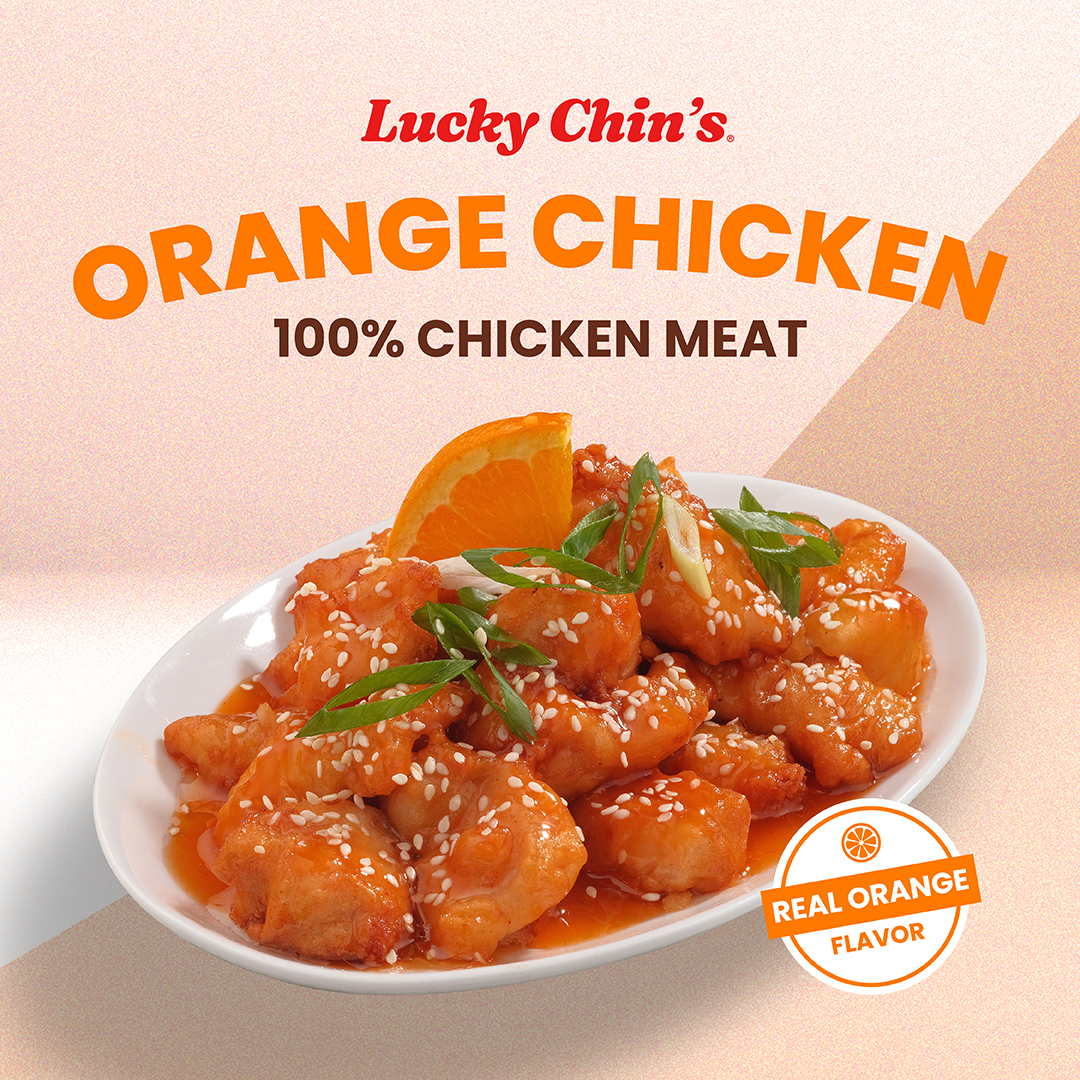To stay competitive, Lucky Chin’s, a newly opened American-Chinese fast-casual restaurant in Jakarta wants to make the overall customer experience better. This includes investing in a fun mascot and maximalism interiors, modelling their counter to allow for fast-service as well as adding a digital ordering menu for reservation, dine-in, self-pickup and delivery.

Opening its first door in the heart of South Jakarta, just right across from the Blok M MRT station, Bulungan Exit, Lucky Chin’s offers convenient location and affordable prices that makes its restaurant a natural choice for dine-in or take-out meals at ROW 9, community space.
With more customers in Jakarta embracing sustainability in their daily lives, Lucky Chin’s aims to transform their operations in the quest to become a more eco-friendly business right from the use of locally-sourced ingredients, recyclable or certified materials in their food packaging, the way people dine in the restaurant, to running operations in the kitchen.

American Chinese Food
The new generation of foodies is celebrating the inventiveness and deliciousness of American-Chinese food with menus dedicated to the classics.
Like its predecessors Sam Wo in San Francisco, or the international restaurant chain, Panda Express, Lucky Chin’s is trying to take different ideas from Chinese cuisine, combine them and create new flavors. The menu at Lucky Chin’s covers the classics such as Orange Chicken, Broccoli Beef, Chow Mein, Crab Rangoon, and Egg Drop Soup.

American-Chinese food was created by Chinese people for Chinese people. These Chinese people just happened to be living outside of the mother country.
According to the “Oxford Encyclopedia of Food and Drink in America, “During the 1840s Gold Rush in California, early Chinese immigrants (most were railroad builders) had no or extremely limited access to traditional Chinese ingredients.
So, they used what they could find in their new homes to create then-contemporary Chinese dishes, such as the now much-derided Chop Suey (or Cap Cay in Indonesia), one of the first Chinese dishes invented in the United States.
Inspired by historical recipes, the Chop Suey Sundae dessert at Lucky Chin’s is made from soft serve ice cream, topped with a mixed of items such as chopped peanuts, lychee fruit, almond cookie, cherry, and coated with chocolate syrup. A ‘cap-cay’ recipe for an ice cream sundae.

“Authenticity can mean different things to different people, because it’s a trait that is rightfully defined by a culture—not geography,” says Daisy Santoso, the founder of Lucky Chin’s.
“Traditionally, meat is used sparingly to stretch across vegetables and rice, a resourceful hallmark of the cuisine. Even the precise way the beef is cut for a black-pepper dish in Lucky Chin’s, contributes to the overall experience of eating it,” Santoso added.
Orange Chicken is currently the most popular dish at Lucky Chin’s, followed by Beef Black Pepper and Kung Pao Shrimp.


“American-Chinese food just happens to be meaty, deep-fried and saucy. The saucier the dish, the more popular it is,” says Ian Chin, Research and Development advisor.
Chin also added, “I’m ethnically Chinese, yet I’ve snuck in requests for deep-fried Crab Rangoon and I would dip it in the neon orange syrup same as any white kid. I got excited when I’d see my dad preparing Tomato Beef Noodle, his favorite American-Chinese classic to indulge in.”

Experience of the Future
Inside its restaurants, Lucky Chin’s is crafting an “Experience of the future” as part of strategic actions to become more contemporary and relevant in the market. The concept integrates initiatives around Lucky Chin’s menu, brand and digital technology.
These are the main drivers behind Lucky Chin’s ‘Experience of the future,’ delivering more relevant food and beverage offerings, navigating greater trust in our brand, especially around food quality, and transforming our service and convenience through considerable digital efforts,” says Santoso.

“In my Chinese dining culture, many fond memories are created over passing dishes back and forth across the table to try what everyone else in the group has ordered,” says Santoso.
She added, “For Lucky Chin’s, online ordering is about more than just simple takeout, or a convenience. It’s about streamlining your mealtime to create an easier way for our guests to gather with their family—over a shared meal—in a seamless experience.”
Lucky Chin’s online ordering is also uniquely designed to allow people to do pre-order or reservation without the hassles of talking through Whatsapp. This innovative Lucky Chin’s ordering system allows each user to place their order with ease, even from the comfort of their home. Large group catering orders for birthdays, office events, or Chinese New Year can also be placed through Lucky Chin’s online ordering store.
“All you need to do is to log-in to the web-based ordering system and process the order. Any guest who online order will be able to go directly to the Lucky Chin’s ROW 9 location for self-pickup, or waiting for our delivery partner to send food to your home,” says Chin.

Eco-Friendly Business
Like any other fast-food companies, Lucky Chin’s is part of a mission to want to have 100% of its customer packaging come from recycled or certified sources available in its restaurant to reduce waste.

Bagasse plate with compartments and food grade print for dine-in | Photo by: Sazha Busha
Biodegradable bagasse plate, paper takeout box, Oxium bag as well as recyclable drink cans and bottled water, are among the earth friendly packaging that Lucky Chin’s provides in the restaurant.
“This demonstrates Lucky Chin’s willingness in developing feasible solutions at a scale that can push its industry toward more sustainable practices in the long term,” says Chin.
